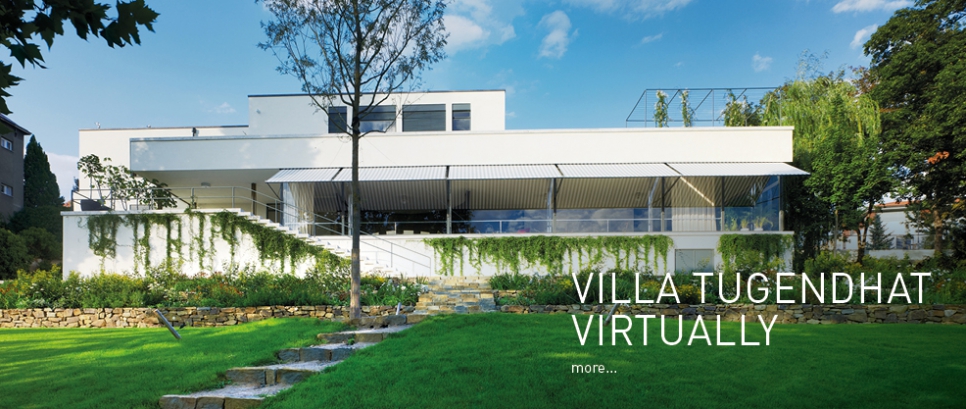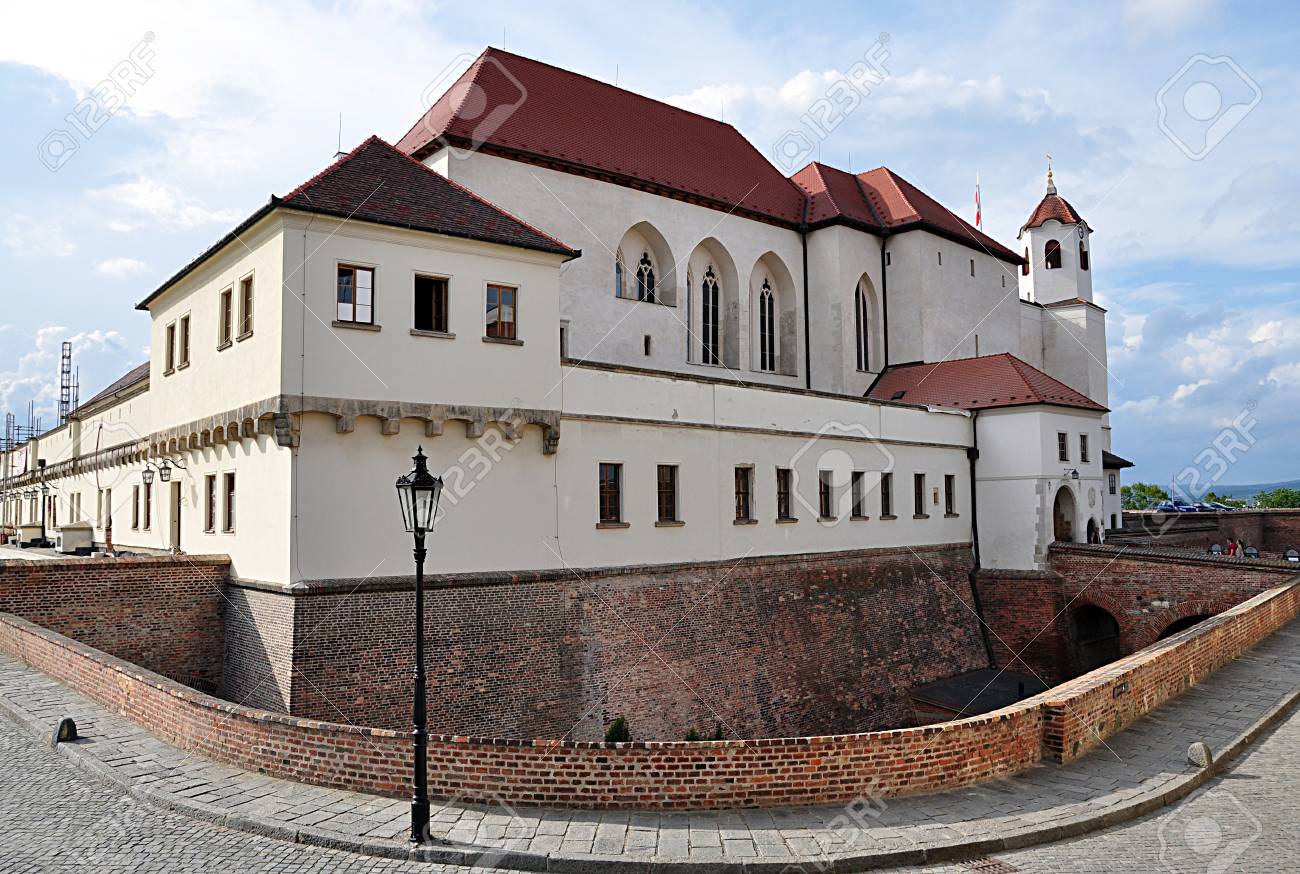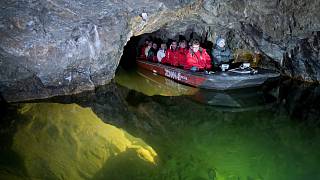Welcome excursion (24th September 2020) Vila Tugendhat, 4 PM
The number of visitors is limited to only 32 places, so first come first serve.
The Villa of Greta and Fritz Tugendhat, designed by the architect Ludwig Mies van der Rohe and built in 1929–1930, is a monument of modern architecture, and is the only example of modern architecture in the Czech Republic inscribed in the list of UNESCO World Cultural Heritage sites. Between 2010 and 2012 the Villa Tugendhat underwent renovation and restoration work, during which both the structure and the adjoining gardens were restored to their original appearance following the completion of the Villa in 1930. The interiors have been equipped with exact replicas of the original furnishings. The technical equipment for the Villa (the air technology rooms, the boiler room, the engine room for the retractable windows, the so-called ”moth” room) was restored in the basement and is newly accessible to the public as part of the guided tours. This area also houses an exhibition presenting the architect, the owners and the family life in the Villa up to 1938 when the Tugendhats were forced to emigrate in connection with the threat of World War II. Visitors can also now enjoy the bookshop.
Conference dinner (25th September 2020)
Dinner in the typical south Moravian wine cellar with wine tasting.
Brno guided tour with brewery visit (26th September 2020)
Brno historical centre, Špilberk Castle, Casemate
Špilberk Castle was established in the 13th century by Přemysl Otakar II to protect both the Czech lands and the town of Brno. An occasional residence of Moravian margraves, the castle became a huge military fortress in the 17th and 18th centuries. In 1783, as decreed by Emperor Joseph II, it was transformed into a jail for serious criminals and soon also for political prisoners from countries throughout the Austro-Hungarian Empire. Špilberk was known as the harshest jail in Europe. Its famous prisoners included Italian Carbonari, notably poet Silvio Pellico, and Václav Babinský, the famous Czech bandit. After 1855, the castle served as military barracks. During both world wars, the castle again functioned as a jail, as first opponents of the Austrian regime and later Czech patriots during the Nazi occupation were imprisoned there. In 1962, Špilberk was added to the National Cultural Heritage list. The castle walls offer an amazing view of Brno. The castle also serves as a cultural centre, housing Muzeum města Brna (the Brno City Museum). Concerts, theatrical performances, and festivals are often held there. The castle’s large interior courtyard holds a fifteen-bell carillon, a lookout in the corner tower, and the Baroque Holy Trinity chapel. The Špilberk casemates are a popular place for tourists. Their vaulted passages are rich with romantic as well as terrifying legends.
Conference excursion – Moravian Karst, Punkva Caves, Macocha Abyss (27th September 2020)
Moravský Kras is the largest and the most important karst area in the Czech Republic. The karst area consists of Devon limestone lying northward from Brno. The landscape character is formed by plateaus with many sinkholes separated by deep canyon grooves. Most of the water flow coming from the non-karstified part of the Drahanská uplands vanishes underground where the limestone area begins. The water-flow created various cave labyrinths here during the long geological evolution. The northern part of Moravský Kras is drained by the Punkva River and its tributaries. The Amatérská cave complex is to be found here, stretching for almost 35 km when contiguous caves are included, making it one of the largest cave systems in Europe. In the central part of Moravský Kras, Rudické sinking-Býčí rock is the main cave system, which is 12 km long. Ochozská cave, 2 km long, is the most famous cave in the southern part of the area. In total there are more than 1,100 caves in Moravský Kras. In most of them, traces of ancient life and social development have been conserved. Inside Kůlna cave there is evidence of the most ancient settlement ever discovered in Moravský Kras, that of Neanderthal man 120,000 years ago. Discoveries of engravings of horses and bison in Pekárna cave are also remarkable. They were made by horse and reindeer hunters and they are estimated to be from 11,000 to 13,000 years old. The caves are also the main tourism attraction. The following caves are open to the public: Punkevní, Kateřinská, Balcarka and Sloupsko-šošůvské. About 400,000 people visit them every year. Unique fauna and flora occur here due to the bedrock, broken terrain and the location on the border between the Panonian and Hercynian biogeographical regions. Cave fauna is remarkable. The most famous are bats, of which 21 species have been discovered till now. There are also numerous invertebrates living in the Moravský Kras caves that are perfectly adapted to life in total darkness. Some new, previously unknown species have been found here. As for critically endangered plants, Cortusa matthioli (Matthioli’s cortuse), a glacial relict, grows on Macocha gorge rock wall. It does not grow anywhere else in the Czech Republic. The structure of forests is mostly indigenous and they cover almost 60% of the area.





